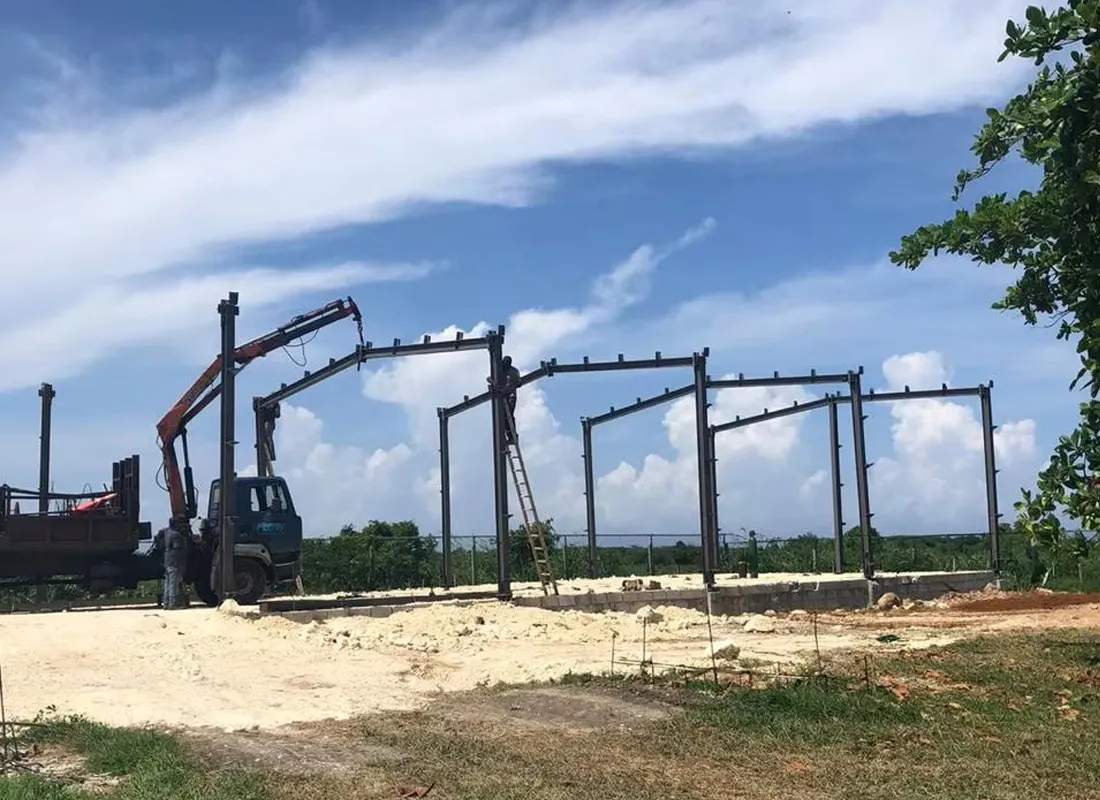- Afrikaans
- Albanian
- Amharic
- Arabic
- Armenian
- Azerbaijani
- Basque
- Belarusian
- Bengali
- Bosnian
- Bulgarian
- Catalan
- Cebuano
- Corsican
- Croatian
- Czech
- Danish
- Dutch
- English
- Esperanto
- Estonian
- Finnish
- French
- Frisian
- Galician
- Georgian
- German
- Greek
- Gujarati
- Haitian Creole
- hausa
- hawaiian
- Hebrew
- Hindi
- Miao
- Hungarian
- Icelandic
- igbo
- Indonesian
- irish
- Italian
- Japanese
- Javanese
- Kannada
- kazakh
- Khmer
- Rwandese
- Korean
- Kurdish
- Kyrgyz
- Lao
- Latin
- Latvian
- Lithuanian
- Luxembourgish
- Macedonian
- Malgashi
- Malay
- Malayalam
- Maltese
- Maori
- Marathi
- Mongolian
- Myanmar
- Nepali
- Norwegian
- Norwegian
- Occitan
- Pashto
- Persian
- Polish
- Portuguese
- Punjabi
- Romanian
- Russian
- Samoan
- Scottish Gaelic
- Serbian
- Sesotho
- Shona
- Sindhi
- Sinhala
- Slovak
- Slovenian
- Somali
- Spanish
- Sundanese
- Swahili
- Swedish
- Tagalog
- Tajik
- Tamil
- Tatar
- Telugu
- Thai
- Turkish
- Turkmen
- Ukrainian
- Urdu
- Uighur
- Uzbek
- Vietnamese
- Welsh
- Bantu
- Yiddish
- Yoruba
- Zulu
Tach . 30, 2024 00:50 Back to list
Cold-Formed Steel Connection Design An Overview
Cold-formed steel (CFS) has gained significant popularity in construction, especially for light-frame structures. Its lightweight nature, high strength, and sustainability make it a favored choice among architects and engineers. However, one critical aspect often overlooked is the design of connections, which are essential for transferring loads and ensuring the structural integrity of CFS systems. This article explores the fundamental principles of cold-formed steel connection design.
Understanding Cold-Formed Steel
Cold-formed steel is manufactured by shaping steel sheets into profiles at room temperature, which gives it superior strength compared to hot-rolled steel of the same weight. Common CFS profiles include C-sections, Z-sections, and channels, typically used in framing applications. The design of these sections must adhere to standards set forth by the American Iron and Steel Institute (AISI) and other relevant codes to ensure safety and reliability.
Importance of Connections
Connections are vital components of any structural framework, serving as the junctions where different structural elements meet. In CFS construction, connections must efficiently transfer loads while allowing for the thermal expansion and contraction inherent in these materials. Proper design of connections can prevent failure under various loading conditions, including shear, tension, and bending.
Types of Connections
There are several types of connections employed in cold-formed steel structures
1. Bolted Connections Bolting is a common method used for connecting cold-formed steel members. It offers ease of assembly and disassembly, making it ideal for prefabricated systems. When designing bolted connections, considerations must include bolt shear strength, bearing strength, and effective bolt engagement.
2. Welded Connections Welding provides a continuous connection that can transfer larger loads compared to bolted connections. However, the heat introduced during welding can affect the mechanical properties of the cold-formed steel. Designers must consider the heat-affected zone and implement appropriate design practices to mitigate potential weaknesses.
cold formed steel connection design

3. Screwed Connections Self-drilling screws are often used in CFS applications for quick assembly. Screw connections are effective for light-gauge steel and can transfer shear and tensile loads; however, it’s essential to ensure proper embedment and spacing in the design phase.
Design Considerations
When designing connections for cold-formed steel, engineers must take into account several critical factors
- Load Considerations It’s essential to analyze the types and magnitudes of loads the structure will experience, including dead loads, live loads, wind loads, and seismic forces. Connections must be designed to resist these forces, considering both ultimate and serviceability limits.
- Connection Geometry The geometry of the connection affects its strength and stiffness. Designers often use computational methods to analyze different configurations to optimize strength while minimizing weight.
- Material Properties The design must reflect the properties of the cold-formed steel used, including yield strength and the effects of cold-forming processes on mechanical characteristics.
- Codified Standards Engineers must adhere to guidelines provided in standards such as the AISI S100, which governs the design of cold-formed steel structures. These standards provide equations and criteria that ensure safety and structural efficiency.
Conclusion
The design of connections in cold-formed steel construction is a complex but crucial task that affects the overall performance of the structural system. By considering the types of connections, load requirements, and adhering to established design codes, engineers can create robust and efficient structures that leverage the benefits of cold-formed steel. Emphasizing sound connection design will ultimately contribute to the longevity and safety of buildings and other structures, ensuring the efficacy of CFS as a sustainable construction material.
-
Cold Formed Steel Residential Framing
NewsMay.21,2025
-
Innovative Steel Structure Building Solutions
NewsMay.19,2025
-
Innovative Prefab Metal Shed Solutions
NewsMay.19,2025
-
Durable Steel Horse Shelter Solutions
NewsMay.19,2025
-
Durable Metal Shed Solutions
NewsMay.19,2025
-
Durable Big Metal Shed Solutions
NewsMay.19,2025
Products categories
Our Latest News
We have a professional design team and an excellent production and construction team.












